Strata identified by organized fossils BHL48407098 Stock Photo Alamy

STRATIGRAPHY William Smith's Maps Interactive
Abstract A CENTURY and a quarter have passed since William Smith's "Strata Identified by Organized Fossils" (1816-19), with its figures of some 160 British fossils, made the long-delayed.
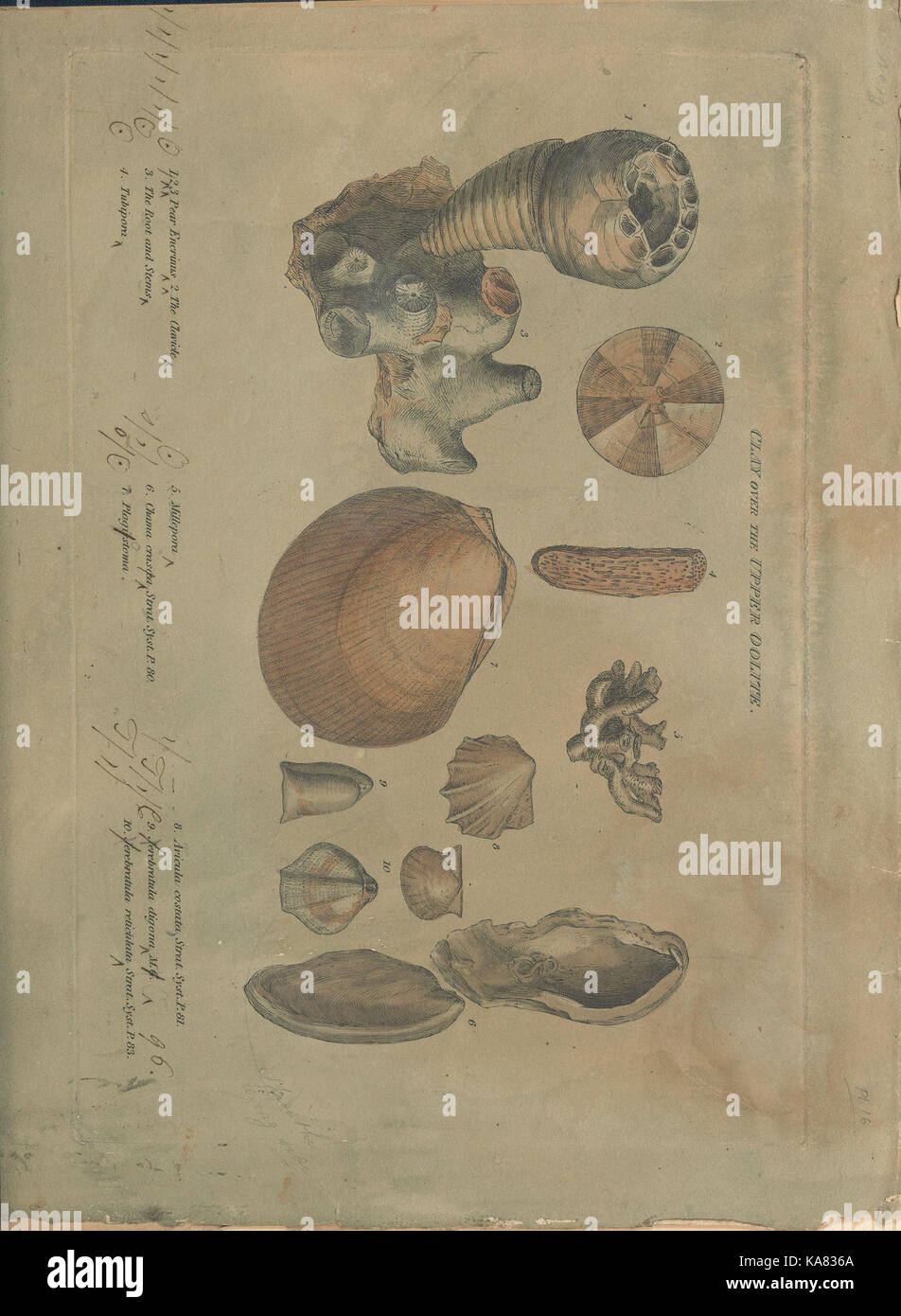
Strata identified by organized fossils BHL48407102 Stock Photo Alamy
Summary: Researchers have identified a 3D fragment of fossilized skin that is at least 21 million years than previously described skin fossils. The skin, which belonged to an early species of.

Identify events and patterns in the fossil record Middle School Earth
Fossils and rock layers. Geologists use a geologic timescale to map Earth's 4.6-billion-year history. They study sedimentary rock layers, or strata, and fossils to understand past events. They use the Law of Superposition and the Law of Crosscutting Relationships to determine the relative ages of rock layers.
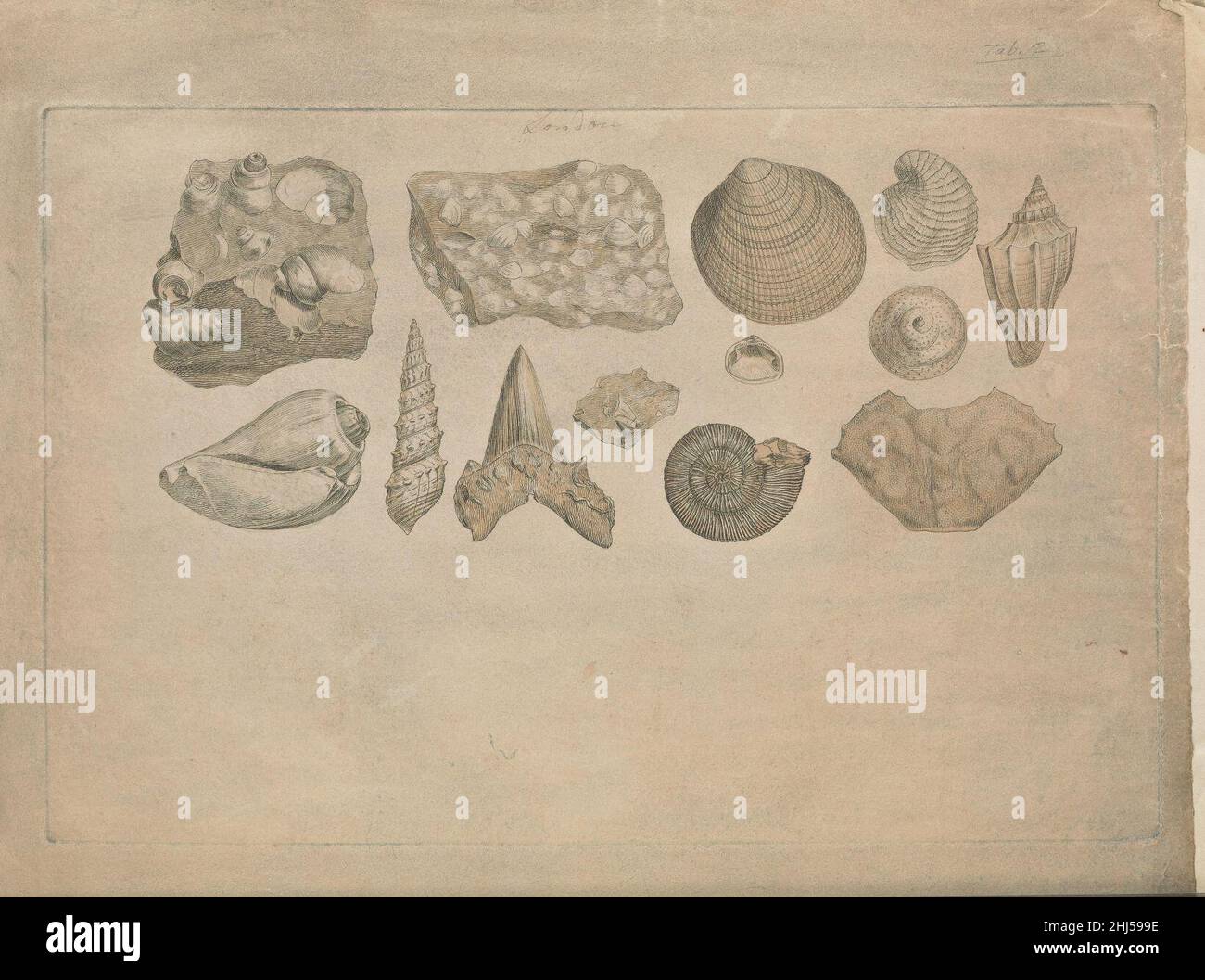
Strata identified by organized fossils Stock Photo Alamy
William Smith's "Strata Identified by Organized Fossils" Soon after the first issue of his great geological map of England (and Wales and part of Scotland) in 1815, William Smith published the Strata Identified by Organized Fossils.
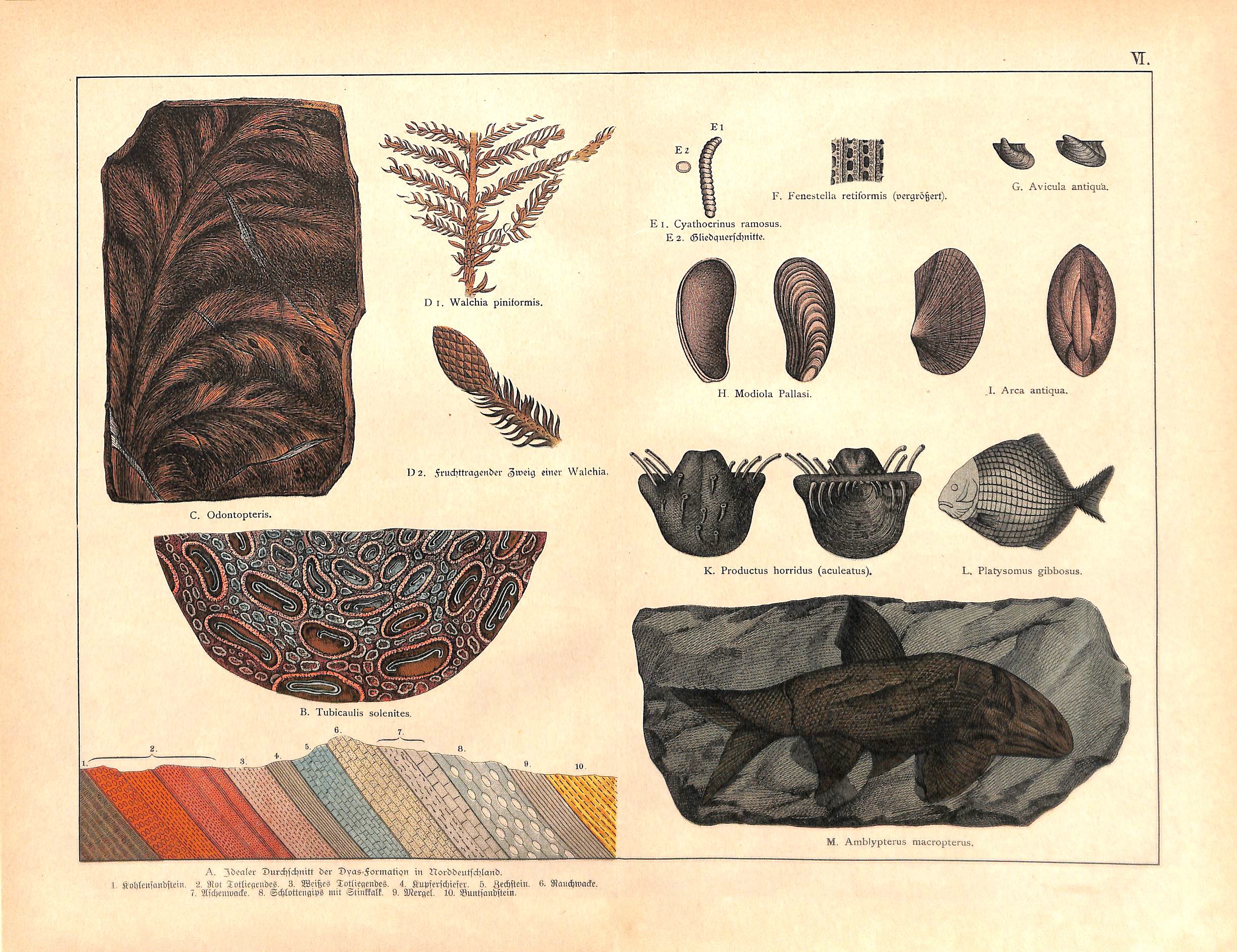
Fossils & Strata, Amblypterus Macropterus, 1886
'Strata Identified by Organized Fossils, containing prints on colored [sic] paper of the most characteristic specimens in each stratum' (1816-1819), is one of two publications Smith produced as part catalogue/part explanation of his theories when he was forced to sell his collection to the British Museum between 1815-1818.
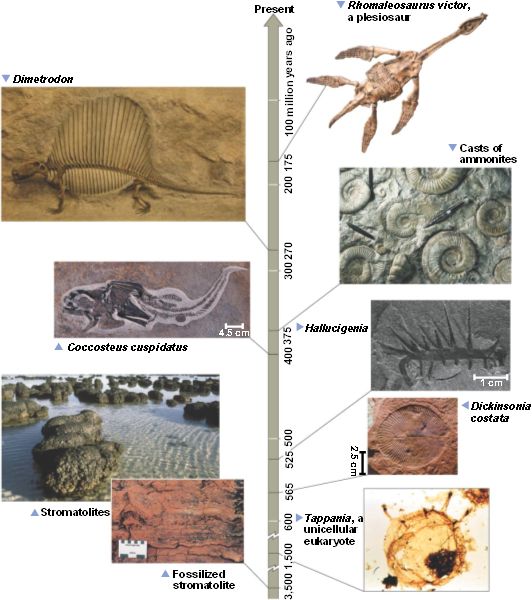
strata.html 25_04FossilTimeline0L.jpg
FOR a little more than a hundred years, geologists, following the lead of William Smith, have utilised fossils to identify strata, to arrange them in the order of their formation, and to divide.

Strata identified by organized fossils Stock Photo Alamy
During this period of confrontation between the proponents of Neptunism and uniformitarianism, there emerged evidence resulting from a lengthy and detailed study of the fossiliferous strata of the Paris Basin that rock successions were not necessarily complete records of past geologic events.

Strata identified by organized fossils BHL48407098 Stock Photo Alamy
Home » Books » Strata identified by organized fossils » Strata identified by organized fossils. Strata identified by organized fossils. Smith, William Printed by W. Arding., and sold by the author., J. Sowerby., Sherwood, Neely, and Jones, and Longman, Hurst, Rees, Orme, and Brown., and by all booksellers, 1816.

STRATIGRAPHY William Smith's Maps Interactive
Strata identified by organized fossils : containing prints on colored paper of the most characteristic specimens in each stratum by Smith, William, 1769-1839; Burndy Library, donor. DSI Publication date 1816 Topics Geology, Stratigraphic, Geology Publisher
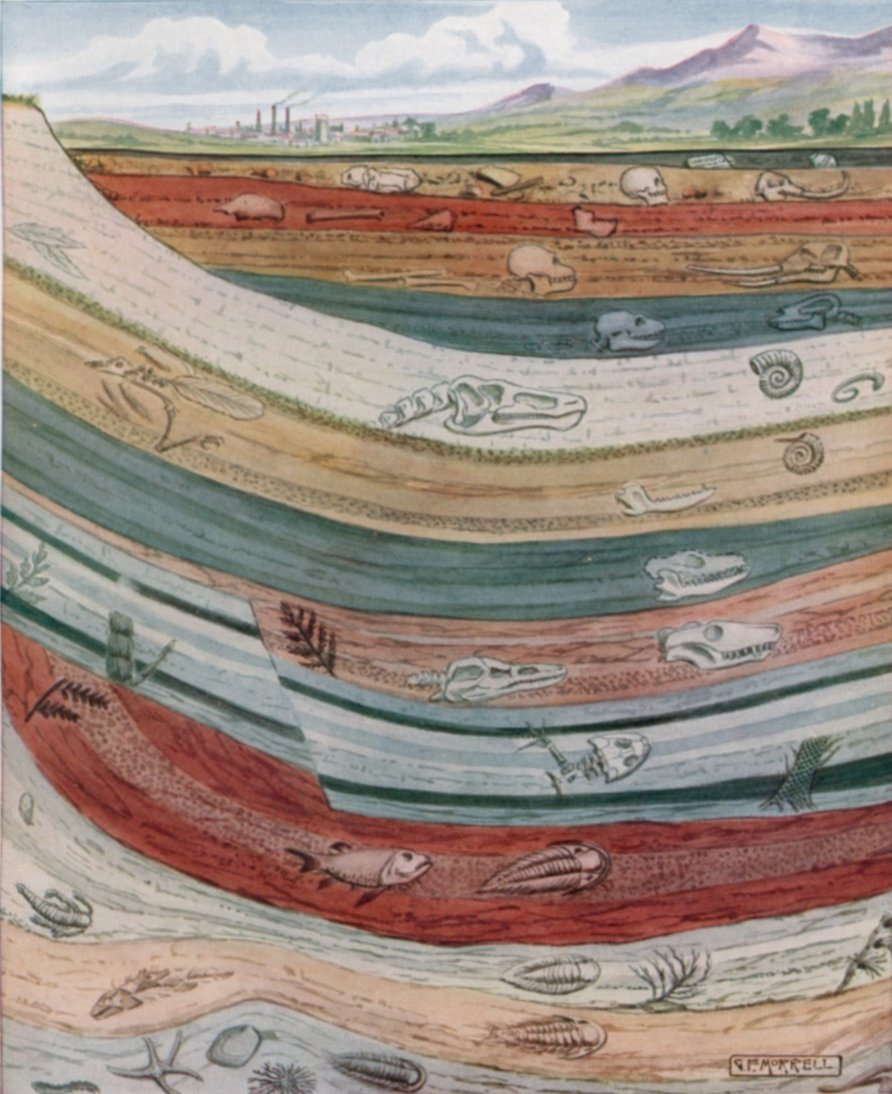
larson2
Page 1 - . Appears in 3 books from 1816-1938. Bibliographic information. Title. Strata Identified by Organized FossilsStrata Identified by Organized Fossils, William SmithStrata Identified by Organized Fossils: Containing Prints on Colored Paper of the Most Characteristic Specimens in Each Stratum, William Smith. Author.
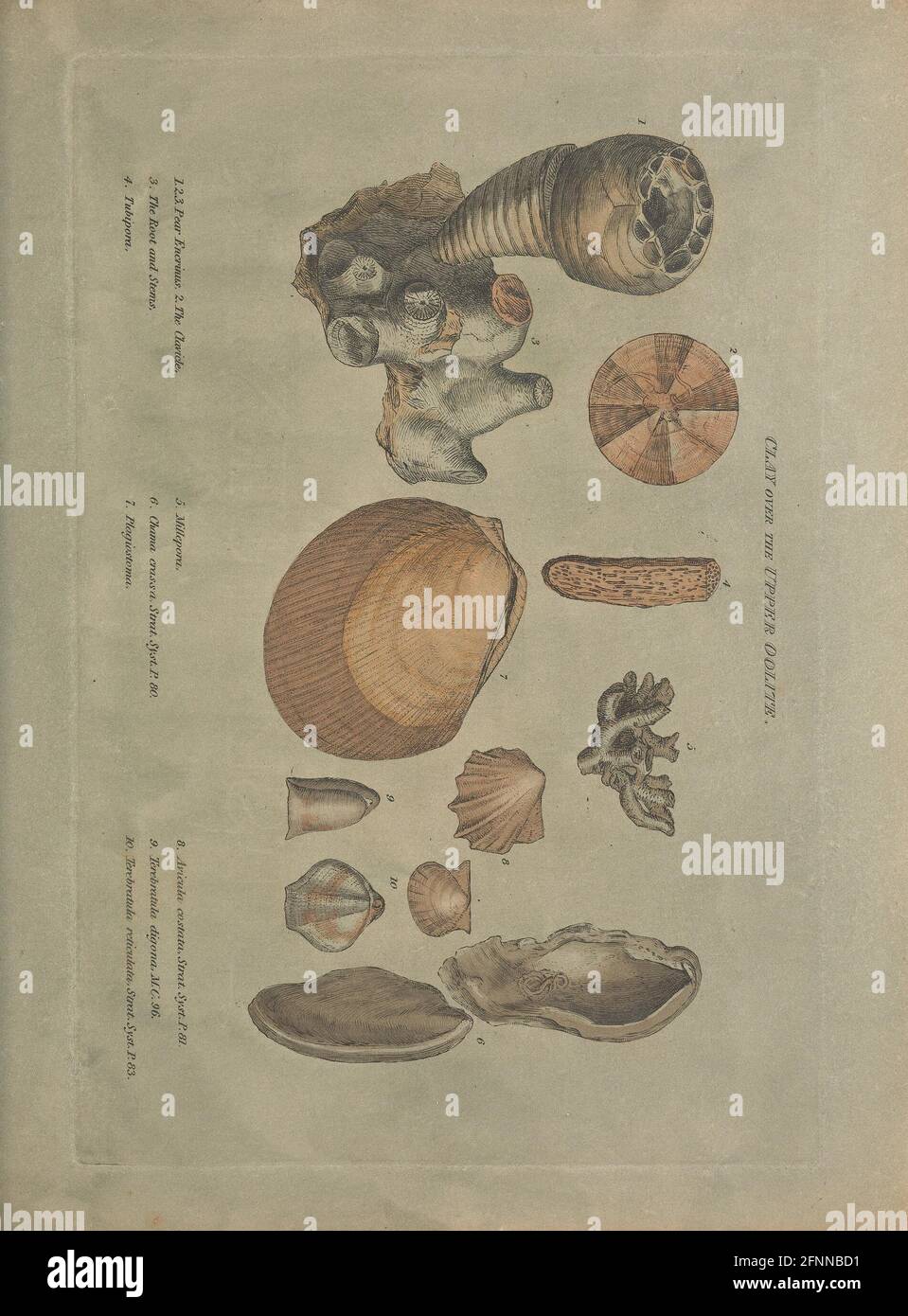
Strata identified by organized fossils London Printed by W. Arding
In Earth sciences: William Smith and faunal succession.Smith published a companion work, Strata Identified by Organized Fossils, in which the organic remains characteristic of each of his rock units were illustrated.

Index Fossils Meaning, Characteristics, and Uses Science Drill
He ordered all the English strata " An anonymous clerihew dedicated to W. Smith. William Smith, born March 23, 1769, introduced in his " Strata - Identified by organized Fossils " (1816) the.

Strata identified by organized fossils BHL48407035 Stock Photo Alamy
Key points: Sedimentary rocks typically occur in horizontal layers called strata. In undisturbed strata, younger layers sit on top of older ones. This is known as the law of superposition. Strata can be cut by other geologic features, such as faults or intrusions. A fault is a crack in Earth's crust.

Index Fossil Rock Layers menestreistear
In 1816 he started a book called Strata Identified by Organized Fossils which, although unfinished, was a fundamental work in establishing the science of stratigraphy. In this book Smith figured fossils from each stratum. The fossil plates were exquisitely engraved by the renowned illustrator, naturalist and mineralogist, James Sowerby, from.

Strata Identified by Organized Fossils, William Smith 9780341729266
This combination allows us to identify an index fossil in the strata and have a more precise idea of what window of time we are looking at for the age of the rock unit. Distribution over a large region of the earth; Since most of the Earth is covered in water it is easier for a marine fossil to be considered an index fossil vs land fossils.
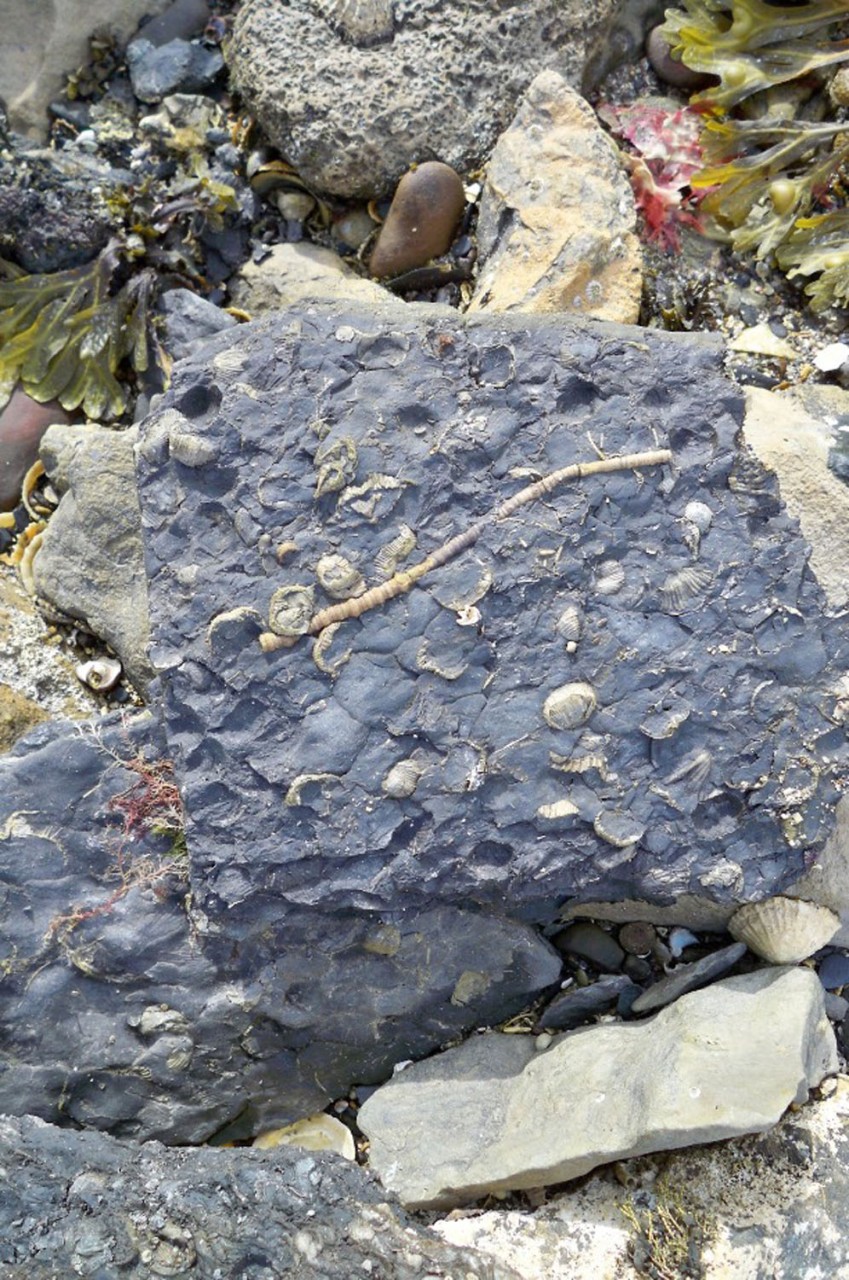
Gently sloping strata. Look here for brachiopod fossils UK Fossil
History of Geology Collection